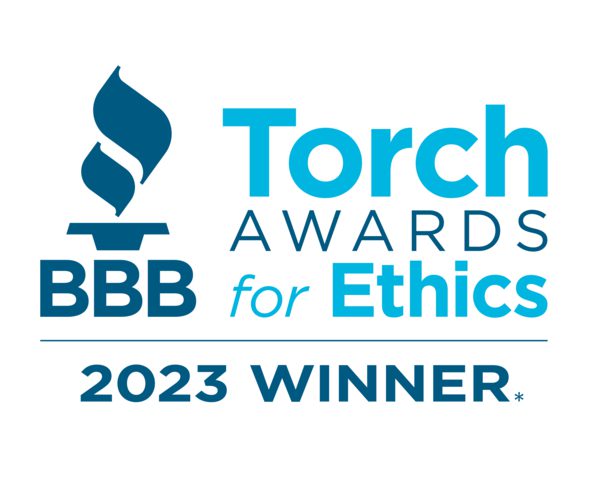With the rise in in-person events, meetings, and gatherings, this blog post will focus on the accessibility of events and providing reasonable accommodations for people with disabilities.
Follow along in this two-part series on how to ensure your event is accessible. Part 1 will focus on reasonable accommodations, communication accessibility, and choosing event locations.
3 Ways to Make Your Event Accessible:
A reasonable accommodation is an exception to a policy based on a disability. Attendees who have disabilities should be able to request accommodations while registering for an event. This could look something like this:
“Individuals with disabilities are encouraged to attend [insert name of organization and event title]. If you require reasonable accommodation in order to participate in this event, please contact [insert: the sponsoring department or contact person] by [insert: telephone number, email, fax number].”
A reasonable accommodation can be:
- ASL interpreters
- Advanced copies of slides and/or handouts
- Assistive listening device
- Captioning
- Communication Across Real Time Transcription (CART)
- Diet restrictions
- Lactation rooms
- Large print
- Scent free spaces
- Wheelchair access
If you are utilizing a checklist format for requests, provide potential participants an “other” space for individuals to write in their accommodation if it is not provided in the checklist. Be sure to indicate the point of contact for reasonable accommodation requests on any marketing material and registration forms as well as follow-up promptly with any received.
Communication Accessibility
Accessible events go beyond architectural access. While architectural guidelines are important for all users, communication needs must be of equal priority. When preparing for the event, identify any communication accommodations needed by presenters and participants.
Effective communication is required by the ADA. This means that all communication written and oral must be as clear and understandable for people with disabilities as it is for those without disabilities.
- Auxiliary aids must be made available when requested
- Assistance like ASL interpreters, CART services, and assistive technologies take time to schedule and need to be accounted for early so services will be available at the event.
- Provide materials in plain language. Plain language is not material in “simple” terms, but rather technical writing and seek out assistance from disability organizations when creating material.
- Ensure that all materials are accessible for people with disabilities with consideration for font, color, plain language, large print, Braille, and others.
Signs located on site need to be easily read and accessible as well as displaying the International Symbol of Accessibility. Signs should be placed in consistent locations for attendees and easily followed. If existing signs are inaccessible, temporary ones should be added. Other things to consider for permanent structures:
- High contrast and non-glare finish
- Mounted 48”-60” above the floor on the wall adjacent to the latch side of door
- Allow for individuals to get close enough to read and touch
- Tactile characters and Braille
Choosing Event Location
When deciding an event location, look for spaces that are along public transit routes – public transportation is often used by guests with and without disabilities.M
Choose an accessible building or make modifications to allow for access. Buildings have technical requirements that are detailed in the 2010 ADA Standards for Accessible Design as well as the ADA. All spaces and furniture have specific measurements to provide organizers guidance and people with disabilities access to those spaces.
For example, pedestrian routes must meet certain requirements that are at least 36 inches wide, have a minimum 60-inch by 60-inch clear space for every 200 feet, and with a slope no more than 1:20 unless handrails and edge protection are installed. Requirements exceed examples provided and can be found in further detail in the resources provided.
After a site location is selected, communication and architectural accessibility need to be considered. Accessible signs on site location, parking and drop-off areas, stages and/or auditoriums, disability training and awareness for staff, and accessible services, supports, and facilities.
References:
Proactive Accessible Event Checklist
Accessible Meeting & Event Checklist


